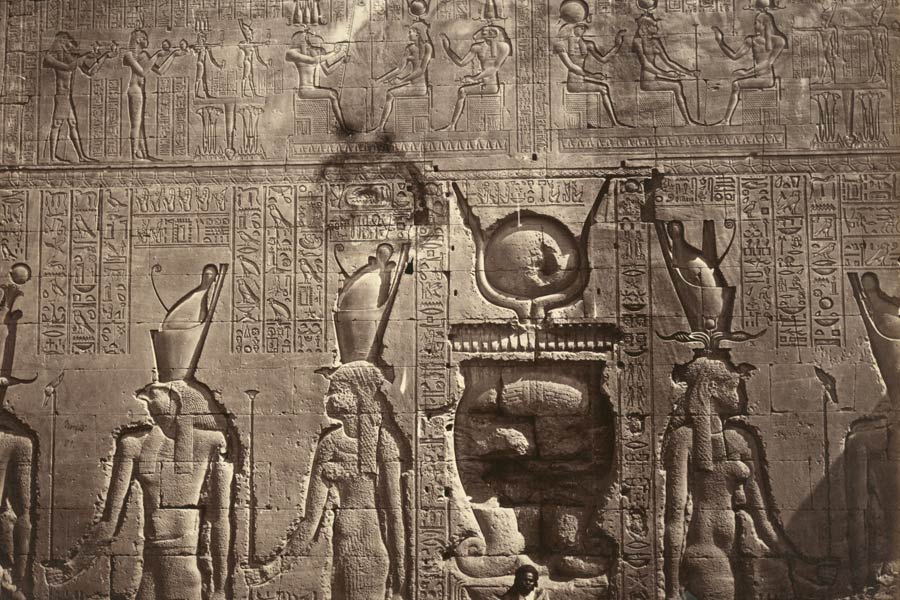As tribute to the start of the new school year, I want to offer my readers a history lesson. The history of my craft, Plastic Surgery, is longer-standing than one might believe. True, the greatest advances upon which modern cosmetic and reconstructive surgeries have been built have occurred in the past century. However, the advances made prior to the turn of the twentieth century are the basis of my field of medicine.
Historians believe that the first reconstructive surgeries were performed in India around 600 B.C. Facial feature reconstructions were the most common procedures, as recorded in texts circa this era. In ancient India, criminals’ and traitors’ noses, ears and lips were commonly removed as punishment. To repair the wounds, skin was grafted from the forehead, cheeks or arms and stitched in place.
The Western migration of Indian cosmetic surgery techniques can be attributed to traveling traders who would have seen the procedures (or perhaps been themselves operated upon) in the North Indian markets. The techniques learned in India traveled west where they were developed to fit the needs of the societies they encountered. In Egypt, post-mortum plastic surgery was practiced on mummies to eternally preserve a deceased person’s most distinctive features. Across the Mediterranean, the egocentric culture of the Roman Empire created a market for cosmetic surgeries within the upper classes. Scar revisions, male breast reductions, and nose and ear reconstructions on maimed gladiators were all common procedures in Ancient Rome.
With the rise of Christianity during the Middle Ages, cosmetic surgery was branded as unholy and practice of the craft was forbidden. However, despite the church’s strong opposition, cosmetic surgery was studied and practiced in secret. Knights sent on crusades in the Middle- East encountered the forbidden surgeries and medical texts. Homebound knights imported the practices they learned abroad, opening secret surgery practices in Western Europe.
By the 16 th century, cosmetic surgery began to be publicly practiced again. Bologna-born Gasparo Tagliacozzi recognized his patients’ desire for an emotional recovery from physical deformities and abnormalities. Cosmetic surgery allowed his patients to achieve their emotional recovery through a physical transformation. However, the masses were less sympathetic to Tagliacozzi and his patients. After his death in 1599, his written work was largely destroyed and forgotten.
It wasn’t until the late 18 th century that cosmetic surgery was rediscovered by the Western world. In 1794, British soldiers stationed near Pune, India witnessed the miraculous transformation of a nose-loping victim. The victim, a cattle-driver who was imprisoned and punished by an enemy Sultan underwent a rhinoplastic procedure by a local bricklayer. A year after his nose was cut-off the cattle-driver reappeared one day with a fully intact nose. The curious British soldiers inquired after the man’s transformation and were taken to where the cattle-driver had received his rhinoplasty. This story quickly circulated in Britain and Europe through newspapers and magazines. The procedure’s journey to Europe followed shortly after and quickly gained interest. German surgeon, Karl Ferdinand von Graefe coined the term “plastic surgery” in 1818 and like Tagliacozzi wrote numerous texts on the budding field.
Many of the most modern cosmetic and reconstructive surgeries were not perfected until 20th century physicians realized the importance of plastic surgery. Injured soldiers returning from World War I and World War II came bearing devastating injuries. Out of necessity, surgeons perfected skin grafting, limb and facial reconstructions. These surgeons’ new surgical skills gradually were adapted to serve patients outside of wartime hospitals.
In recent years, plastic surgery has experienced a great rise in popularity. The patients I see in my clinic are typical of most plastic surgery patients in their interest in preserving and perfecting their physical image. My craft has made great advancements since the ancient rhinoplatys of ancient India. Though the procedures are now routine, I learn more and more about what it means to be a cosmetic and reconstructive surgeon from each of my patients.
I hope you enjoyed this history lesson about my field! We’re continuing our celebration of the new school year in our Lafayette office. For the month of September we’re running specials on select Obagi products and Fraxel laser treatments. Interested parties should contact my office at 925-283- 4012 to schedule a consultation today!
SOURCES:
http://www.plasticsurgery.org/about-asps/history- of-plastic- surgery.html
http://plasticsurgery.about.com/od/historyofplasticsurgery/a/history_of_PS.htm
http://www.plastic-surgery.net/history- plastic-surgery.html
http://www.aafprs.org/patient/about_us/h_father.html
http://www.ncbi.nlm.nih.gov/pmc/articles/PMC1438692/
http://www.randomhistory.com/2008/08/31_plastic.html
http://www.plasticsurgery.com/breast-augmentation/the- history-of- plastic-surgery- a1751.aspx
http://www.apsi.org.in/History/HISTORY%20OF%20INDIAN%20PLASTIC%20SURGERY.ht
http://www.baps.org/Spiritual-Living/Weekly- Satsang/Enlightening-Essays/Sushrut- (Father-of-
Cosmetic-Surgery)- 2155.aspx
http://archive.ispub.com/journal/the-internet- journal-of- plastic-surgery/volume- 4-number-
2/sushruta-the- first-plastic- surgeon-in- 600-b- c.html#sthash.ZHcWlxUd.dpbs
http://www.ncbi.nlm.nih.gov/pmc/articles/PMC2845369/
http://lifestyle.iloveindia.com/lounge/history-of- plastic-surgery- 4082.html


Leave a Reply